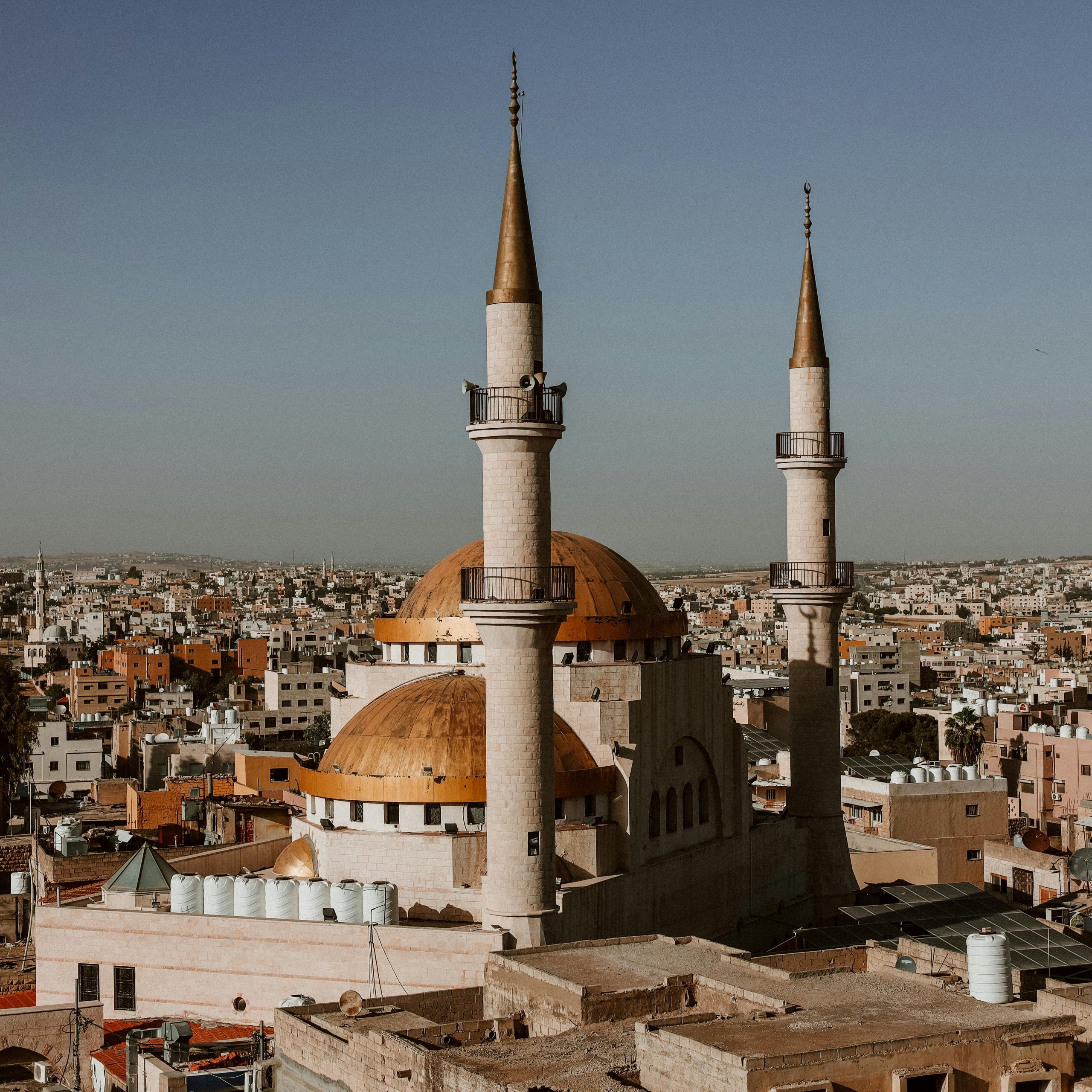When you think of Jordanian culture, one of the most iconic symbols is the traditional attire worn by brides, and one of the most famous dresses is the Salti Creation (Salti Khalga). Though many have seen or heard of this beautiful garment, few truly understand its intricate details and cultural significance. Let’s take a closer look at this timeless piece of Jordanian heritage, its history, and how you can experience it today.
What is the Salti Khalga?
The Salti khalga is an ancient traditional dress that originates from the Balqa region in Jordan, particularly the city of Salt. Known for its beauty and craftsmanship, this dress was once a symbol of pride for the women of Al-Salt, worn during important events, especially weddings.
Made from 26 yards of Robit Ghazaleen (a black cotton fabric), the Salti Creation features vibrant embellishments, most notably the Nili color (a deep blue) imported from Malta. This intricate fabric is used to decorate various sections of the dress, including the shoulders, triangular panels, and the decorative border known as the “Dayer.”
Key Features of the Salti Khalga
The Salti Khalga is not just a dress; it is a work of art. It consists of several important sections, each with its own significance:
- The Body (Al-Badan): The chest area of the dress is beautifully embroidered, with a collar design extending to the middle of the dress. The embroidery is done with colorful silk threads, which bring vibrancy to the garment.
- The Shoulders (Al-Ardan): These long strips, measuring about two meters, are decorated with seven strips of Nili (dark blue) and seven strips of black fabric. These are all hand-embroidered with intricate, colorful designs.
- The Dayer: This section consists of black and Nili strips, adorned with geometric patterns inspired by the Salt region. These designs are hand-stitched, showcasing the exquisite craftsmanship of local artisans.
- The Triangular Panels (Al-Banayeq): These triangular pieces are made from Nili fabric and provide volume to the dress, adding elegance and flow. The dress is further adorned with “Coral Earrings” (Qurt Al-Marjan), vibrant silk threads used to decorate the garment.
In addition to the dress itself, the Salti Khalga is typically worn with a special Hat (Al-Hatta). The hat is made of pure silk, and it is adorned with silver or gold threads. It comes in two colors: black for older women and red for younger girls, with tassels that hang from the edge.

How is the Salti Khalga Worn?
Wearing the Salti Khalga is a ritual in itself. A woman needs help from another to wear the dress. It is tied at the waist with a leather belt called a Shwayiha, which holds the dress securely in place. The Ardan (shoulders) are adjusted to either side of the head, and the fabric is carefully arranged for a graceful, flattering fit.
Underneath the Salti Khalga, the bride would typically wear a decorated shirt with “Bird’s Nest” (Ish Belbal) embroidery and a pair of embroidered “Shrawal” trousers, which are gathered at the ankles. This complete ensemble creates a stunning look, blending tradition with beauty.
The Salti Khalga is most famously worn by brides on their wedding day. For women in the city of Salt, this dress is a symbol of their cultural pride and heritage. On their special day, surrounded by family and friends. The intricate details of the dress and the elegance it provides are a reflection of the importance of the occasion.
Experience the Salti Khalga with Zaman Tours
If you’ve always been fascinated by Jordan’s rich culture and want to experience the Salti Khalga firsthand, Zaman Tours offers a unique opportunity to immerse yourself in this beautiful tradition. Through Zaman Tours, you can try on the Salti Khalga experience the traditional wedding attire, and even participate in a mock Salti Wedding.
Not only will you have the chance to wear this iconic dress, but you will also learn about its intricate embroidery, the history behind the Salti Khalga and the cultural significance of the garment. Whether you’re a history enthusiast, a lover of fashion, or someone wanting to connect with Jordanian culture on a deeper level, Zaman Tours provides an unforgettable experience that you will treasure.
Final Thoughts
The Salti Khalga is much more than just a dress; it is a vibrant part of Jordanian culture, representing the craftsmanship, beauty, and heritage of the Salt region. Through its intricate embroidery, rich history, and the traditions it celebrates, this dress continues to be a powerful symbol of Jordanian identity. If you’re looking to experience Jordan’s cultural heritage in an immersive way, there’s no better opportunity than through Zaman Tours. Don’t miss out on the chance to step into the past and wear the Salti Khalga as part of an unforgettable cultural experience!


